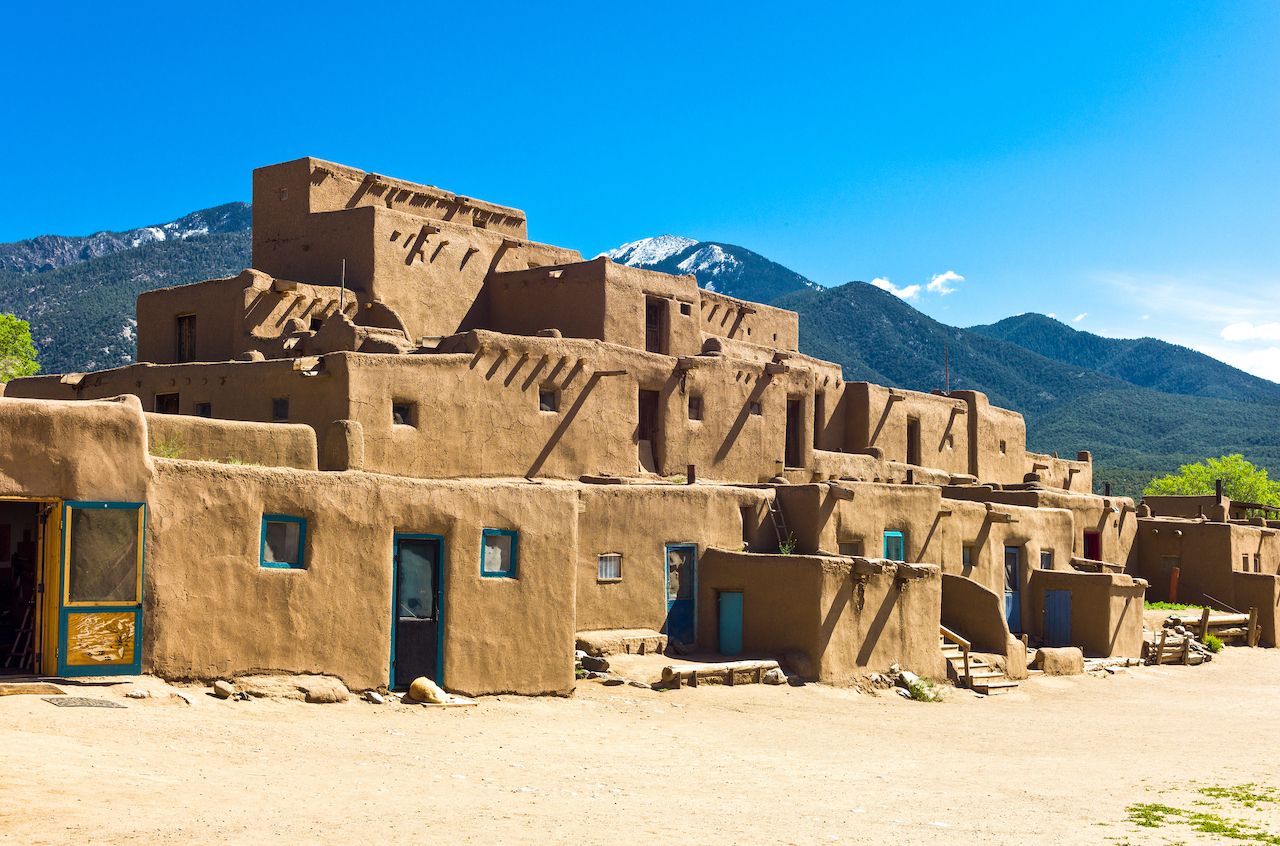Six million people visited the Grand Canyon last year. Most will have left without learning the names of the 11 Native American tribes that claim the national parkland as their ancestral home.
Two hours north in Antelope Canyon, it’s harder to ignore Arizona’s Indigenous heritage. Guided tours are required, as are guides authorized by the Navajo Nation. Yet where members of the Navajo’s local LeChee Chapter see sacred sites, many of the visitors who descend on Arizona’s slot canyons see little more than a backdrop for their latest influencer-style photoshoot.


